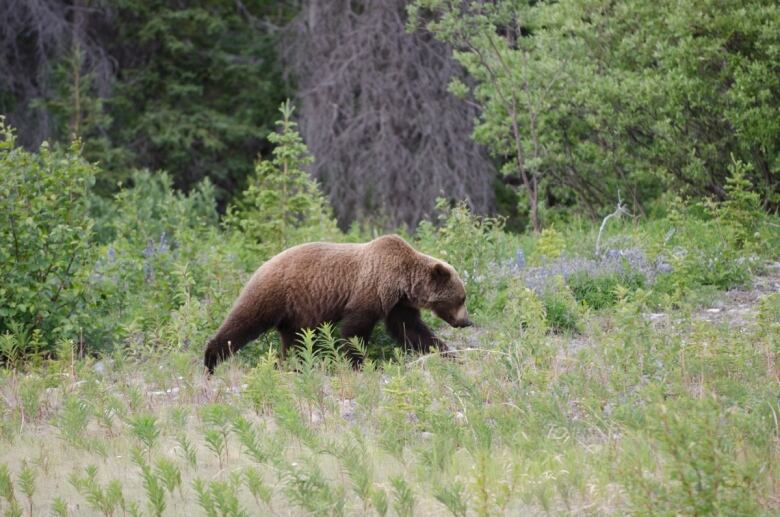Necropsy on Yukon bear may help explain fatal attack
Valrie Thort and her infant daughter were killed Monday by a grizzly at their remote cabin

Nearly a week after a Yukon woman and her 10-month-old daughter were killed by a bear at their remote cabin, Yukon wildlife officials have so far said little about the animalinvolved, or what might have led to the attack.
"We appreciate the public's want for more information. And we are committed to providing more information as soon as we are able," said Roxanne Stasyszyn, with Yukon's environmentdepartment.
Valrie Thort and her daughter Adele Roesholt were alone at the time of the attack. The child's father later returned to the cabin and shot the bear dead when it charged at him.
Stasyszynsays officials will do a necropsy on the animal. That will tell them the age, sex, weight, and physical condition of the bear, and hopefully provide insight into whether it wasa defensive attack, or predatory.
Fatal bearattacks are rare in Yukon. Until this week, there had been only three bear-related deaths in the past 22 years in the territory in 1996, 2006 and in 2014. All have involved grizzlies, although black bears are also common throughoutYukon.
"Generally, we tend to see more conflicts with grizzly bears that end worse that end in a human fatality, for example,"Stasyszynsaid.
Looking for answers
Douglas Clark is a researcher based at the University of Saskatchewan, who's studied human-bear interactions in places such as Churchill, Man., and Arviat, Nunavut. He's also a former Yukoner who's studied bears in the territory.
As a researcher, he's curious to hearmore about the bear involved in Monday's attack. But he also recognizes that it's unlikely to provide any comforting answers.
"Mercifully, these kinds of events are rare enough that it's pretty hard to pick up trends in the data," he says.
"These are real events that effect real people, and when it's your family, when it's your friends, when it's your community the odds don't matter too much.It's all about the consequences, and the people."

Clark says it may be significant that it happened in late November, when many bears would already be hibernating. Bears typically stay active later only if they've been unable to put on enough weight to make it through hibernation, he says.
"This is not terribly well-documented in the scientific literature, but it's very well-known to northerners ... abear that's out late is hungry, it's gonna cause problems. It's bad news," he said.
Other bears still about
Stasyszynagrees that late-to-hibernatebears can be trouble, because they're often hungry.
"If a bear doesn't have adequate fat stores, they're going to stay awake until they can successfully hibernate. They could be sick, or have an injury," she said.
Stasyszynis careful though not to speculate on what led to Monday's attack. She says it's too soon to know what investigators might find.
She also cautions that there are other bears still out and active, possibly owing to Yukon's relatively mild autumn this year. Bears have been seen recently aroundTagish, Teslin and Mayo, she said.

David Quinn, a wildlife biologist in Nelson, B.C., is not surprised that bears are still out at this time of year,but he is surprised that Monday's attack involved a grizzly.
"Very rarely, especially with grizzlies, do we have a random encounter where there's a bad outcome," he said. "I'm really curious to see what happens with this scenario."
It's not clear how long he'll have to wait for more information.Stasyszyncouldn't say how long the necropsy might take. Yukon's coroner and RCMP are also still investigating what happened.
With files from Sandi Coleman and Steve Hossack












_(720p).jpg)


 OFFICIAL HD MUSIC VIDEO.jpg)
.jpg)



























































































